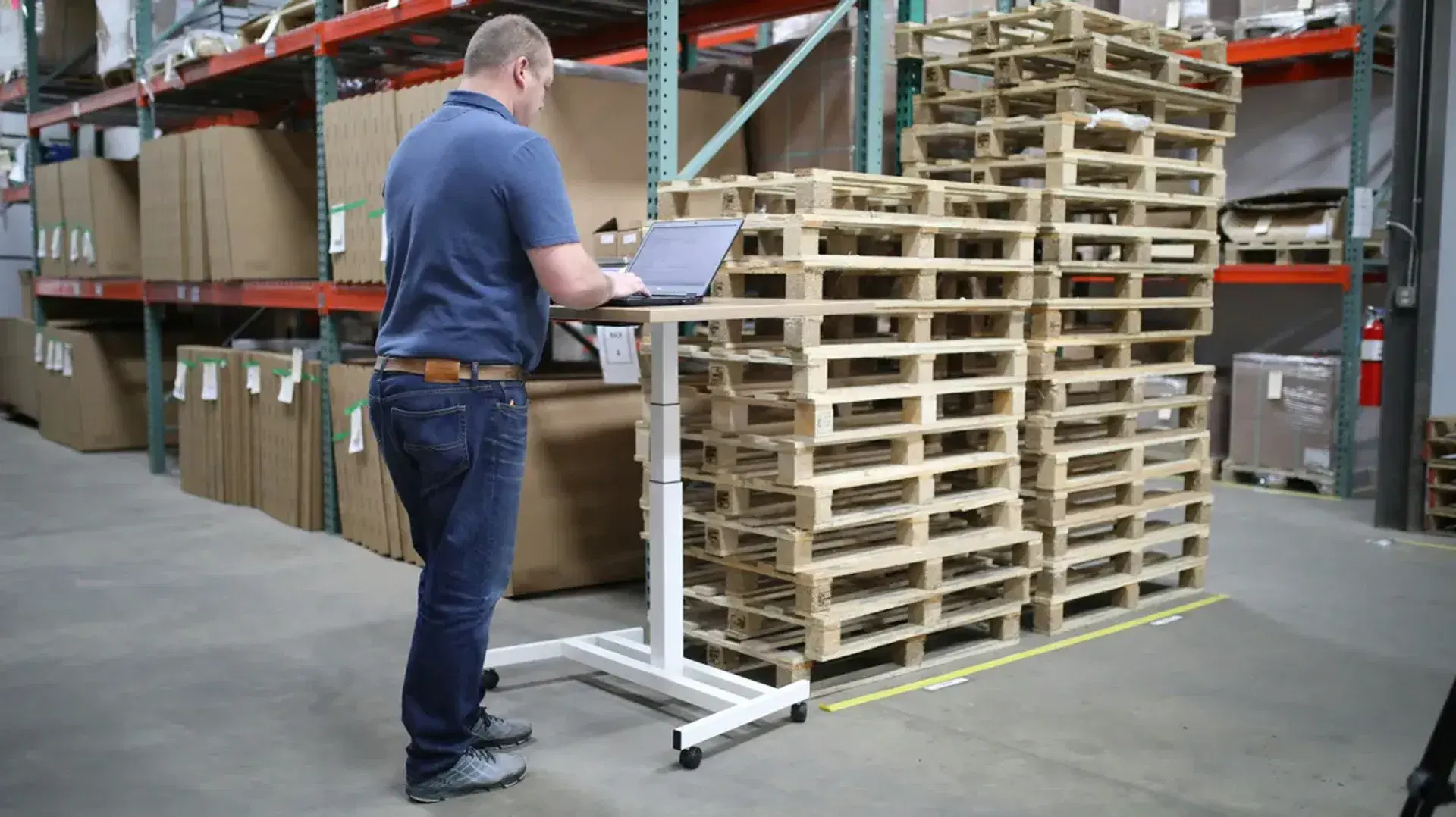
Warehouse operations managers face many challenges in their daily work. They must keep track of inventory, manage staff, ensure safety, and maintain efficiency. These tasks can be overwhelming without the right tools and processes in place.
Good warehouse management directly affects the bottom line. When operations run smoothly, orders are filled faster, fewer mistakes are made, and customers are happier. This leads to better business results and growth.
Quality management is a key part of warehouse operations. By setting high standards and regularly checking processes, managers can spot issues before they become big problems. This is where auditing comes in.
Audits are vital for warehouse operations managers. They help ensure that all areas of the warehouse are running as they should. Regular audits can uncover inefficiencies, safety hazards, and areas for improvement.
Checklists are a simple but powerful tool for audits. They provide a systematic way to review all aspects of warehouse operations. With a good checklist, nothing gets overlooked.
Compliance is another important reason for audits. Warehouses must follow many rules and regulations. Regular audits help ensure that the warehouse stays compliant and avoids costly fines or shutdowns.
Key areas to audit in warehouse operations:
Warehouses face unique challenges in today's fast-paced business world. One major issue is managing space effectively. As product lines grow and change, warehouse layouts need to adapt. Another challenge is keeping up with technology. New systems for inventory tracking and order fulfillment are constantly emerging.
Best practices in warehouse management include implementing a robust warehouse management system (WMS), using data analytics to optimize layouts and processes, and investing in staff training. Regular cycle counts, instead of annual inventories, can help maintain accuracy without disrupting operations.
Quality control in warehouses goes beyond just checking products. It includes monitoring pick accuracy, reducing damaged goods, and ensuring proper storage conditions. Using barcode scanners and RFID technology can greatly improve accuracy and efficiency in these areas.
Process optimization is key to running an efficient warehouse. This might involve redesigning the picking route to minimize travel time, implementing cross-docking for fast-moving items, or using ABC analysis to prioritize inventory management. For example, a warehouse might reorganize its layout to place high-volume items closer to shipping areas, reducing travel time for pickers.
Risk management in warehouses covers a wide range of areas. This includes physical risks like accidents or injuries, as well as business risks like inventory shrinkage or shipping errors. Regular safety training, clear signage, and proper equipment maintenance are all important for reducing physical risks. For business risks, implementing checks and balances, such as regular audits and dual-control procedures, can help catch errors early.
Key performance metrics for warehouses include order accuracy, inventory turnover, picking speed, and on-time shipping rates. By tracking these metrics regularly, managers can quickly identify areas for improvement and measure the success of new initiatives.
Modern warehouse management requires modern tools. Audit Now offers AI-powered checklists that make auditing faster and more accurate. These smart checklists learn from your data, suggesting improvements and flagging potential issues before they become problems.
With Audit Now, teams can collaborate in real-time, sharing updates and resolving issues quickly. Our extensive template library covers all aspects of warehouse operations, from safety checks to inventory audits. Start improving your warehouse operations today with our digital solutions.
Ready to transform your warehouse audits? Check out our warehouse operations templates at audit-now.com/templates/. For custom checklists tailored to your needs, try our AI checklist generator at audit-now.com/generate-ai-checklist/.